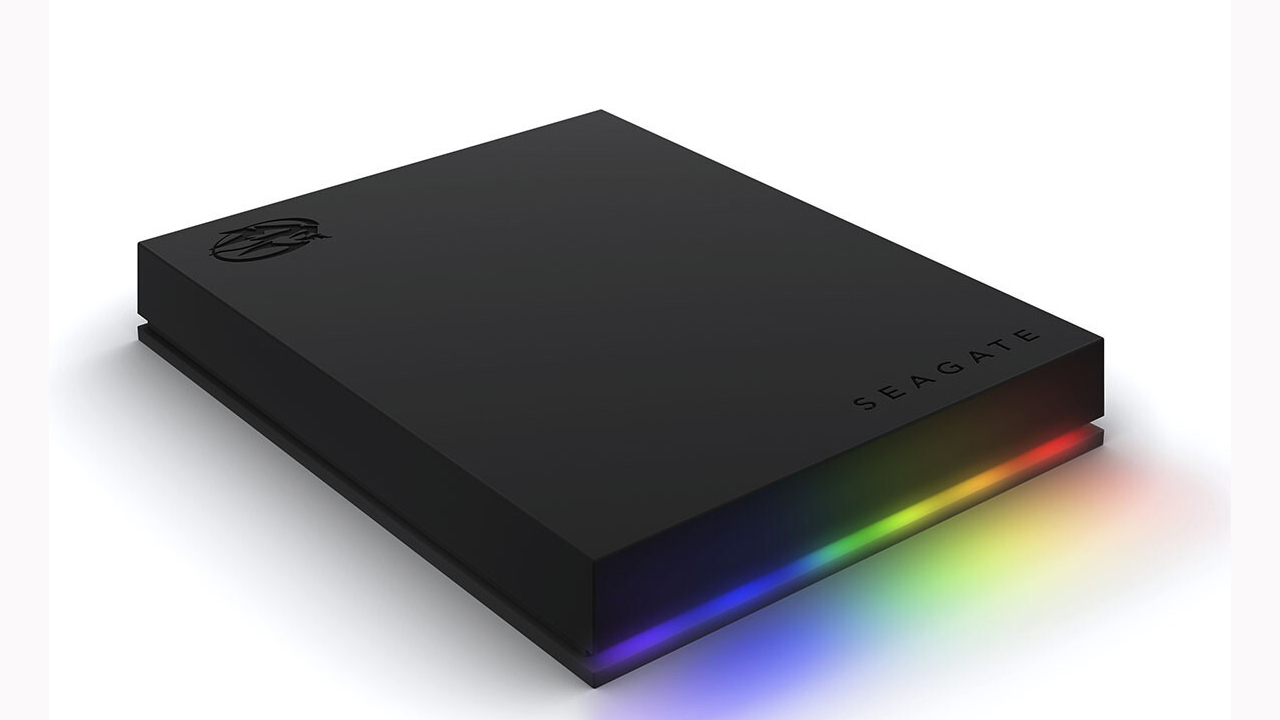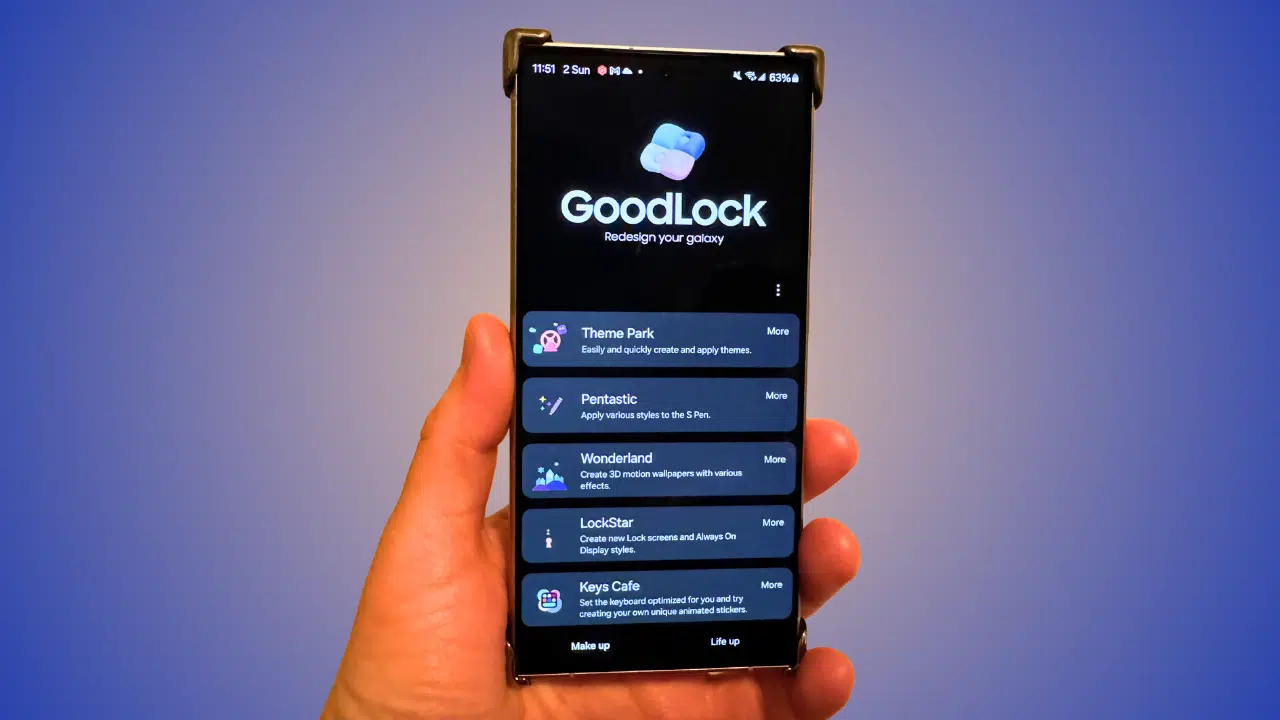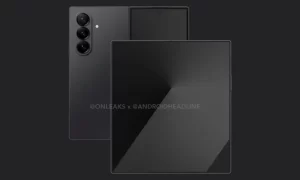Can your phone and computer be secured by PIN, password, or biometric authentication? It is best to ensure the security of the storage device, especially when it contains confidential or private files. In this way, even if the drive is lost or stolen, unauthorized access to files can be prevented.
All you need to protect your hard drive is your personal computer or laptop. Windows and Mac have built-in encryption tools that let you set a password on your storage devices. Proceed to the sections below to learn how to set a password on an external hard drive on your computer.
First, you need to enable BitLocker Windows built-in encryption tool on your computer. Plug the hard drive into your PC and follow the steps.
STEPS:
- Launch the File Explorer, right-click the external drive, and select Turn on BitLocker.
- Do not unplug or remove the drive from your PC while Windows starts the BitLocker encryption window.
- Check the box that reads “Use a password to unlock the drive” and enter your preferred password. Re-enter the password in the provided dialog box and select Next to proceed.
- Should contain at least 8 characters.
- Must have at least one uppercase letter.
- Must have at least one lowercase letter.
- Must have at least one number, symbol, or space.
- Windows will automatically generate a recovery key for the external drive. The recovery key is a spare key that unlocks your encrypted drive if you ever forget the password.
- The “Print the recovery key” option will launch a new window where you’ll be able to print the recovery key on paper. If you choose the “Save to a file” option, Windows will encode the recovery key in a text file. Save the file in your preferred folder/location on your PC and select Save.
- When you get a success message that “Your recovery key has been saved” or “Your recovery key was printed,” select Next to proceed.
Join Tip3X on Telegram













